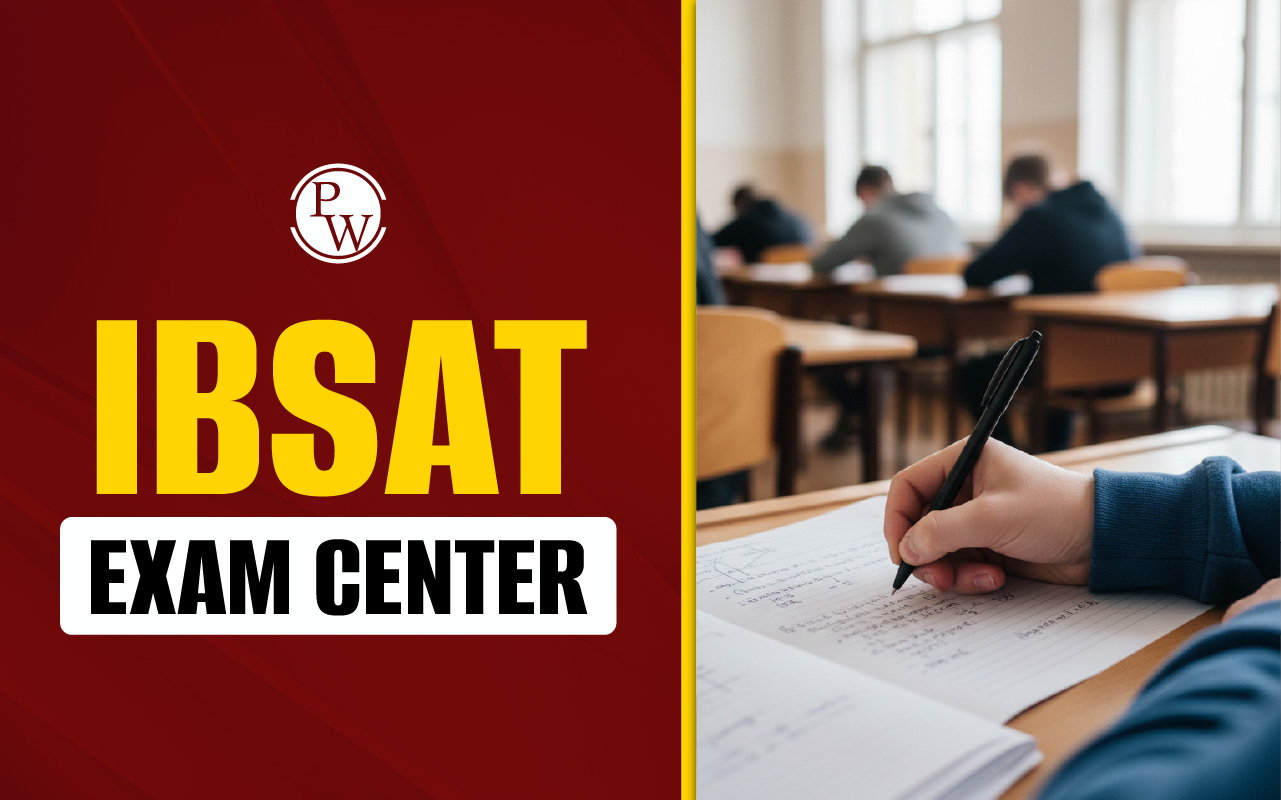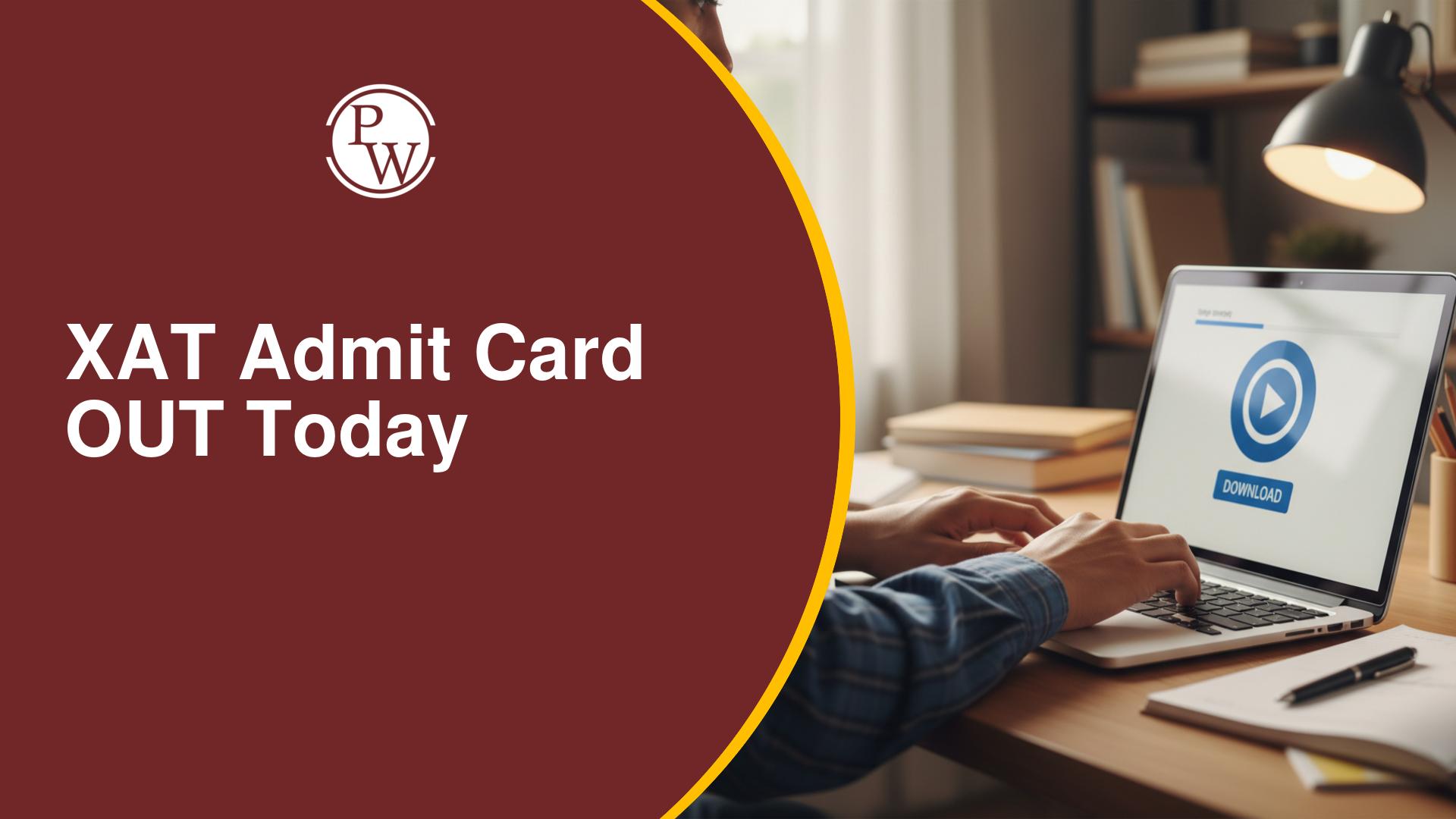
CAT Data Interpretation Questions and Solutions: Data Interpretation (DI) is an important part of the CAT exam , which is taken by students aiming for MBA programs in India. In this section, candidates need to understand and analyze data shown in charts, graphs, tables, and caselets. Doing well in DI can greatly improve the overall score in the exam.
The DI section mixes math with logical reasoning, making it challenging. Students are given 40 minutes to answer 24 questions, which include both Data Interpretation and Logical Reasoning . To do well, candidates must be quick in solving problems and understanding the data given. To succeed, it is essential to practice a variety of question types and improve time management. Avoiding mistakes like misreading data or missing key details is also crucial for performing well.Introduction to CAT Data Interpretation
Data Interpretation (DI) is a critical component of the Common Admission Test (CAT), a highly competitive exam for admission into prestigious management programs in India. The DI section tests a candidate's ability to analyze and interpret data presented in various formats such as tables, graphs, and charts.What is Data Interpretation?
Data Interpretation involves extracting meaningful information from data sets. In the context of the CAT, DI questions may include:- Tables: Presenting numerical data in rows and columns.
- Graphs: Visual representations such as bar graphs, line graphs, and pie charts.
- Charts: Various forms of graphical data representation.
- Venn Diagrams: Overlapping circles used to show relationships between different groups.
Importance of Data Interpretation in CAT
The DI section is pivotal for several reasons:- Scoring Potential: DI questions are often considered high-scoring due to their structured nature.
- Skill Assessment: It evaluates quantitative skills alongside logical reasoning capabilities.
- Time Management: With 10 questions to be solved in 20 minutes, effective time management is crucial.
Types of Data Interpretation Questions
Here is the required list of types of data interpretation questions listed below:Common Question Formats
Below is the required Common Question Formats of Data Interpretation:- Direct Questions: These require straightforward calculations based on the given data.
- Comparative Analysis: Candidates may need to compare different data sets or trends.
- Percentage Calculations: Often involve calculating percentages based on provided figures.
- Ratio Problems: Require understanding relationships between different quantities.
| Example Question Types | |
|---|---|
| Type | Description |
| Table Analysis | Analyze sales figures across different categories over specified periods. |
| Graph Interpretation | Interpret trends shown in line or bar graphs over time. |
| Pie Chart Analysis | Determine proportions of different segments represented in a pie chart. |
| Venn Diagram Questions | Solve problems involving intersections and unions of different sets. |
Preparation Strategies for Data Interpretation
Practice Regularly: Regular practice is essential for mastering DI. Candidates should:
- Solve previous years' CAT papers focusing on DI questions.
- Use online platforms that offer mock tests and practice questions.
Focus on Mental Math: Improving mental calculation skills can significantly enhance speed and accuracy during the exam. Techniques include:
- Practicing basic arithmetic operations without a calculator.
- Familiarizing oneself with common percentage and ratio conversions.
Utilize Quality Study Materials: Choosing the right study materials can make a significant difference. Recommended resources include:
-
Books:
- Data Interpretation for CAT by Arun Sharma
- Logical Reasoning and Data Interpretation by Nishit K. Sinha
-
Online Resources:
- Websites offering free PDFs of previous years' questions.
- Video tutorials explaining complex DI concepts.
-
Practice PDFs:
- Downloadable PDFs containing solved DI questions for self-assessment.
Top Books for CAT Data Interpretation
Here is the required list of Top Books for CAT Data Interpretation listed below:| Top Books for CAT Data Interpretation | |
|---|---|
| Book Title | Author |
| Data Interpretation for CAT | Arun Sharma |
| Logical Reasoning and Data Interpretation | Nishit K. Sinha |
| How to Prepare for Quantitative Aptitude for CAT | Arun Sharma |
Sample Data Interpretation Questions with Solutions
To illustrate the types of questions candidates may encounter, here are a few sample problems along with their solutions:Sample Question 1: Table Analysis
Table: Sales Figures of a Fruit Vendor Over Three Days
| Sample Question 1: Table Analysis | |||
|---|---|---|---|
| Fruit | Day 1 | Day 2 | Day 3 |
| Apples | 50 | 60 | 70 |
| Bananas | 100 | 120 | 150 |
| Oranges | 80 | 90 | 100 |
Question: What is the average number of apples sold over the three days?
Solution: To find the average number of apples sold:
Sample Question 2: Graph Interpretation
Graph: Monthly Sales Growth Over Six Months
- January: $2000
- February: $2500
- March: $3000
- April: $3500
- May: $4000
- June: $4500
Question: What was the percentage increase in sales from January to June?
Previous Year Questions and Their Importance
Reviewing previous year questions is vital for understanding the exam pattern and difficulty level. Candidates should focus on:- Analyzing trends in question types over the years.
- Identifying frequently asked topics within DI.
- Practicing under timed conditions to simulate exam pressure.
Online Resources for Practice
Several online platforms like PW offer free resources for practicing CAT Data Interpretation:- Provides solved DI questions with explanations.
- Offers practice tests with video solutions.
- Contains a variety of logical reasoning and DI sets.
| Also Read | ||
| CAT 2024 Exam | CAT 2024 Exam Date | CAT Registration 2024 |
| CAT Admit Card 2024 | CAT Exam Pattern 2024 | CAT Syllabus 2024 |
CAT Data Interpretation Questions and Solutions FAQs
What is Data Interpretation in CAT?
Why is Data Interpretation important for CAT?
How much time is given for the DI section in CAT?
What types of questions are asked in CAT DI?
How can I prepare for CAT Data Interpretation?










